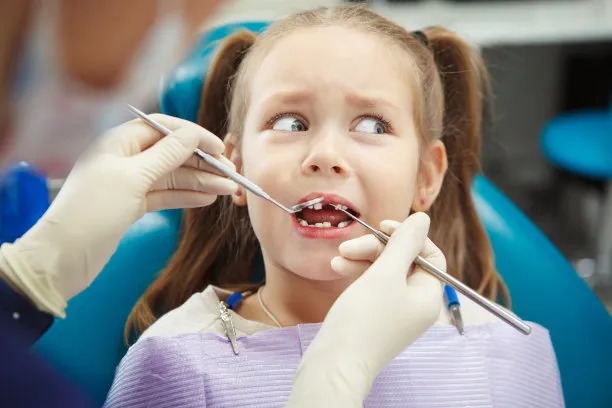Understanding the Menace of Periodontal Disease A Comprehensive Overview
Summary: Periodontal disease is a prevalent oral health issue that can have serious consequences if left untreated. This comprehensive overview delves into the various aspects of periodontal disease, including its causes, symptoms, treatment options, and preventive measures. By understanding the menace of periodontal disease, individuals can take proactive steps to maintain their oral health and overall well-being.
1. Causes of Periodontal Disease

Periodontal disease is primarily caused by the buildup of plaque and bacteria on the teeth and gums, leading to inflammation and infection. Poor oral hygiene, smoking, genetic predisposition, and certain medical conditions can also contribute to the development of periodontal disease.
Bacterial infection plays a significant role in the progression of periodontal disease, as harmful bacteria can invade the gums and soft tissues surrounding the teeth, causing damage and deterioration of the supporting structures.
In addition to bacterial factors, lifestyle choices such as a diet high in sugar and carbohydrates, stress, and hormonal changes can affect the health of the gums and increase the risk of developing periodontal disease.
2. Symptoms and Progression of Periodontal Disease
Early signs of periodontal disease may include red, swollen, or bleeding gums, persistent bad breath, changes in the bite, and loose teeth. As the disease progresses, individuals may experience receding gums, formation of deep pockets between the teeth and gums, and eventual tooth loss.
The stages of periodontal disease range from mild gingivitis, characterized by gum inflammation, to advanced periodontitis, where extensive damage to the supporting bone and tissues occurs. Regular dental check-ups and early detection are crucial in preventing the advancement of the disease.
Individuals with periodontal disease may also experience systemic health complications, as inflammation in the gums can contribute to conditions such as heart disease, diabetes, and respiratory problems. It is essential to address periodontal disease promptly to mitigate these risks.
3. Treatment Options for Periodontal Disease
Treatment for periodontal disease often involves professional cleanings to remove plaque and tartar buildup, along with scaling and root planing procedures to eliminate bacteria from the tooth roots and gingival pockets. In some cases, surgical interventions such as flap surgery or bone grafting may be necessary to restore damaged tissues.
Antibiotics or antimicrobial mouth rinses may be prescribed to combat bacterial infection and promote healing. It is crucial for individuals undergoing treatment for periodontal disease to maintain good oral hygiene practices and attend regular follow-up appointments to monitor their progress and prevent recurrence.
Advanced cases of periodontal disease may require collaboration with specialists such as periodontists or oral surgeons to develop comprehensive treatment plans tailored to the individuals needs and goals for oral health restoration.
4. Preventive Measures and Oral Health Promotion
Preventive measures play a vital role in addressing periodontal disease and maintaining optimal oral health. Good oral hygiene practices, including brushing and flossing regularly, using antimicrobial mouthwashes, and attending routine dental exams, can help prevent the onset of periodontal disease.
Healthy lifestyle choices such as maintaining a balanced diet, avoiding tobacco products, managing stress levels, and addressing underlying medical conditions can also contribute to overall oral health and reduce the risk of periodontal disease.
Educational initiatives and community outreach programs can raise awareness about the importance of oral hygiene and regular dental care in preventing periodontal disease. By promoting oral health literacy and access to dental services, individuals can take proactive steps towards preserving their smiles and well-being.
Summary:
Understanding the menace of periodontal disease is essential for maintaining optimal oral health and overall well-being. By addressing the causes, symptoms, treatment options, and preventive measures associated with periodontal disease, individuals can proactively protect their smiles and reduce the risk of systemic health complications. Stay informed, prioritize oral hygiene, and consult with dental professionals to safeguard against the pervasive threat of periodontal disease.
This article is compiled by Vickong Dental and the content is for reference only



